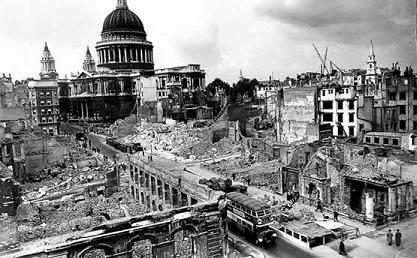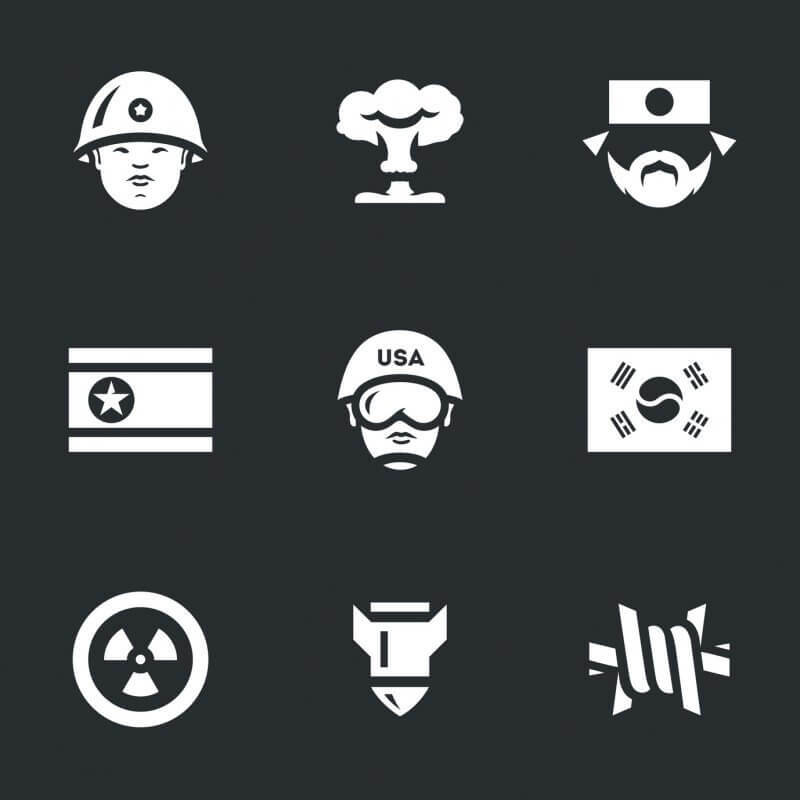Yugoslav Wars (1991-2001)
Miscellanea / / July 04, 2021
By Javier Navarro, in Oct. 2018
 The death of a dictator is normally an episode that marks a new course in the history of a nation. This is what happened after the death of Tito, who remained in power in Yugoslavia from the last phase of World War II until his death in 1980.
The death of a dictator is normally an episode that marks a new course in the history of a nation. This is what happened after the death of Tito, who remained in power in Yugoslavia from the last phase of World War II until his death in 1980.
Yugoslavia was an atypical country
The country was divided between six republics: Serbia, Montenegro, Macedonia, Croatia, Slovenia, Bosnia and Herzegovina.
In turn, there was a great ethnic and religious divide. Thus, the Serbs were Orthodox, the Croats followed the Catholic tradition and the Bosnians were Muslims.
During the period of the government of Marshal Tito, cohesion between the different territories had been maintained thanks to a politics of fraternity and unity that managed to control the desire for independence of the different republics.
A complex war conflict
It all started when the Republic of Serbia led by Milosevic broke the unitary tradition and stirred hatred among the peoples that made up Yugoslavia. In 1987 Milosevic achieved control of the army throughout the Yugoslav territory. The rest of the republics expressed their disagreement and in a short time Slovenia and Macedonia proclaimed their independence
When Croatia tried to secede, Milosevic sent the army to protect his interests (in Croatia there was an important population of Serbian origin). In this way, a war broke out between Serbia and Croatia.
The conflict it worsened when Bosnia and Herzegovina declared independence (in this territory the majority of the population was Muslim, but there were also Croats and Serbs). The Serbian minority did not support independence and ended up forming their own state within Bosnia under the leadership Radovan Karadzic (the Bosnian Serbs' goal was to ally with Serbia).
Karadzic's army began to take positions in Bosnia with the support of the powerful Yugoslav national army.

Thousands of Muslim people were killed and many others were forced to flee
In addition to bloody episodes there was an "ethnic cleansing" reminiscent of the Nazism German of World War II.
The atrocities of the war in the former Yugoslavia, especially in the city of Srebrenica, provoked a reaction from the UN. The Council of Safety The United Nations declared Srebrenica under its protection, but this decision did not serve to pacify the situation and in 1995 the Serbs occupied the city.
In the following weeks and months, Bosnians were victims of all kinds of atrocities and abuses. Thousands of Bosnians were killed and their bodies dumped in mass graves. When the massacre was more than evident the international community reacted and NATO forces attacked the Serbian positions.
Milosevic was forced to negotiate peace and in this way the war came to an end
Those responsible for the genocide were brought to international justice. Milosevic died in 2006 of natural death in his cell. Karadzic remained hidden under a identity false, as he was posing as a spiritual healer in the city of Belgrade (when his His true identity in 2008 was brought before the courts that finally sentenced him to forty years of jail).
Photos: Fotolia - Dudlajzov / Frizio
Issues in Yugoslav Wars (1991-2001)


